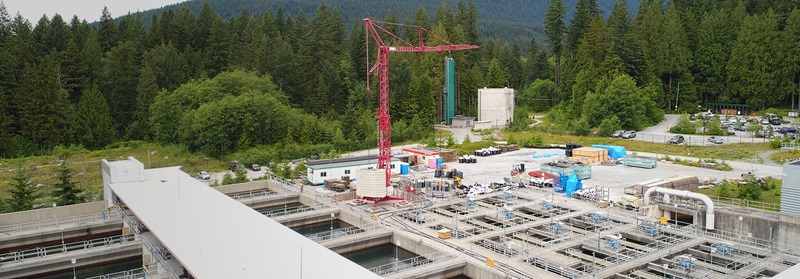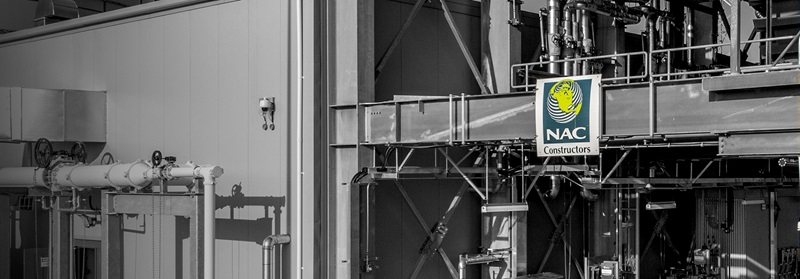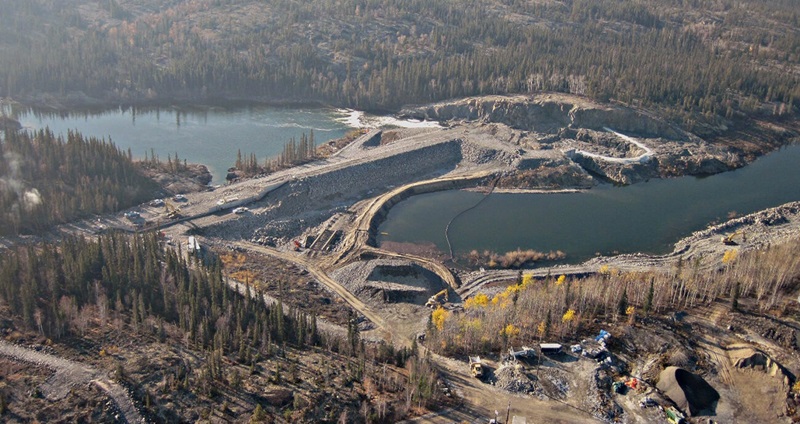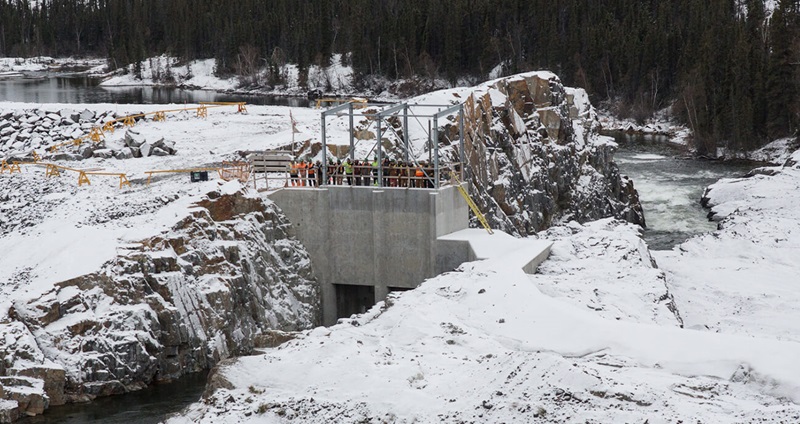
Construction Management
Construction Management (CM) is a project delivery method in which a construction manager (CM) is hired to oversee and coordinate the construction process on behalf of the owner. The CM provides expertise in managing the construction phase, including planning, scheduling, cost control, and quality assurance, but does not typically perform the actual construction work. There are several variations of the Construction Management approach, including Construction Management at Risk (CMAR) and Construction Management Agency (CMA).
Key Features:
- Construction Management at Risk (CMAR): In this variation, the CM assumes a portion of the financial risk associated with the project. The CM provides a Guaranteed Maximum Price (GMP) for the construction work and is accountable for completing the project within that budget. They also manage the subcontractors and oversee the construction process.
- Construction Management Agency (CMA): In this variation, the CM serves as an advisor to the owner without assuming financial responsibility for construction costs. The CM's role is to manage the construction process and facilitate coordination between the owner, designer, and contractors, but they do not provide a GMP or bear any financial risk.
Advantages:
- Expertise and Oversight: The CM provides professional management and oversight to ensure that the project is completed on time, within budget, and to the desired quality standards.
- Project Flexibility: The CM is able to offer valuable input during the design phase, and construction can begin before the design is fully complete. This can result in expedited project completion and allows for issues to be addressed as they arise.
- Improved Communication: The CM coordinates communication among all project stakeholders, including the owner, architect, and contractors, which helps prevent misunderstandings and delays.
- Cost Control: The CM provides detailed cost estimates and can assist with cost control through effective procurement and subcontractor management. In the CMAR model, the GMP caps the construction cost.
Disadvantages:
- Potential for Higher Costs: In the CMAR variation, while the GMP provides cost certainty, the contractor may include contingencies or higher markups to account for potential risks. In contrast, the CMA variation lacks a GMP, causing the owner to assume more risk for cost overruns.
- Complex Contracts: Managing multiple contracts (one with the CM and separate ones with subcontractors) can add complexity to the project and require careful coordination.
- Potential for Conflicts of Interest: In the CMA model, the CM’s advisory role could create potential conflicts of interest if not managed properly, especially if their recommendations are influenced by relationships with subcontractors or suppliers.
Applications:
- Complex Projects: The CM method is particularly effective for complex projects where expert oversight and coordination are crucial. This includes commercial buildings, institutional projects, and large-scale infrastructure.
- Projects with Tight Timelines: The CM’s flexibility and early involvement can help accelerate the project schedule and accommodate design changes more effectively.
- Projects with Uncertain Scope: The CM method is also useful for projects where the scope may evolve or where the owner prefers to work with a construction expert throughout the project lifecycle.
Overall, Construction Management provides a flexible, expert-driven approach to coordinating construction projects, with variations tailored to different levels of risk and financial responsibility.

Related Projects
-


Bluefish Dam Replacement
Yellowknife,
Northwest Territories
